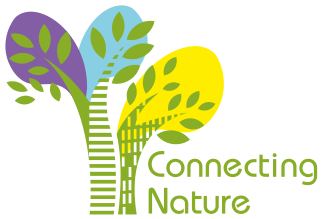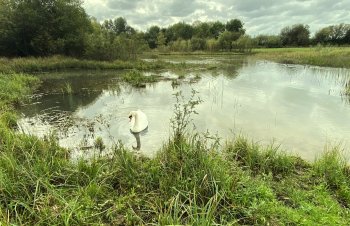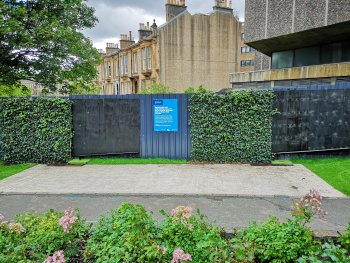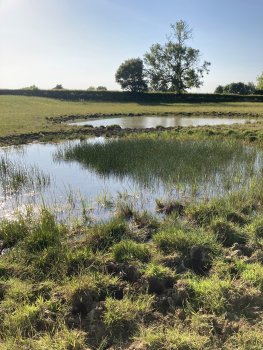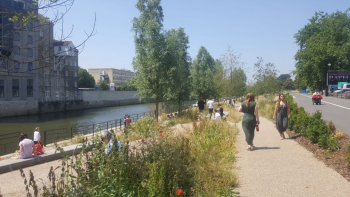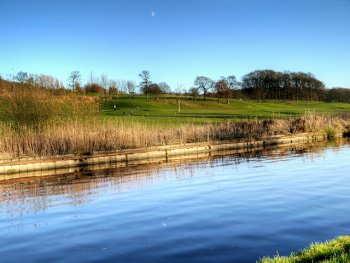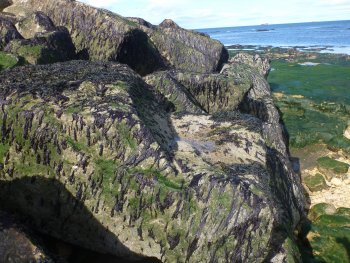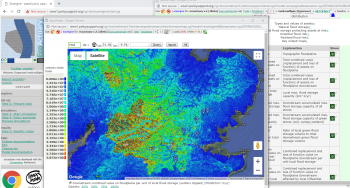H2020 PONDERFUL: Pinkhill Meadow NBS: a small but highly valuable floodplain pondscape for biodiversity
Submitted by Penny Williams on 6 October 2024This pondscape of newly created ponds is located in a floodplain meadow on Thames Water's Farmoor Reservoir property, on the banks of the River Thames, near Oxford. It was designed by Freshwater Habitats Trust to maximise freshwater biodiversity and has been closely monitored as a partnership since its creation in 1990.
The results show the exceptional value of the site for wetland plants, aquatic invertebrates, mammals, reptiles and birds, maintained over 35 years.
